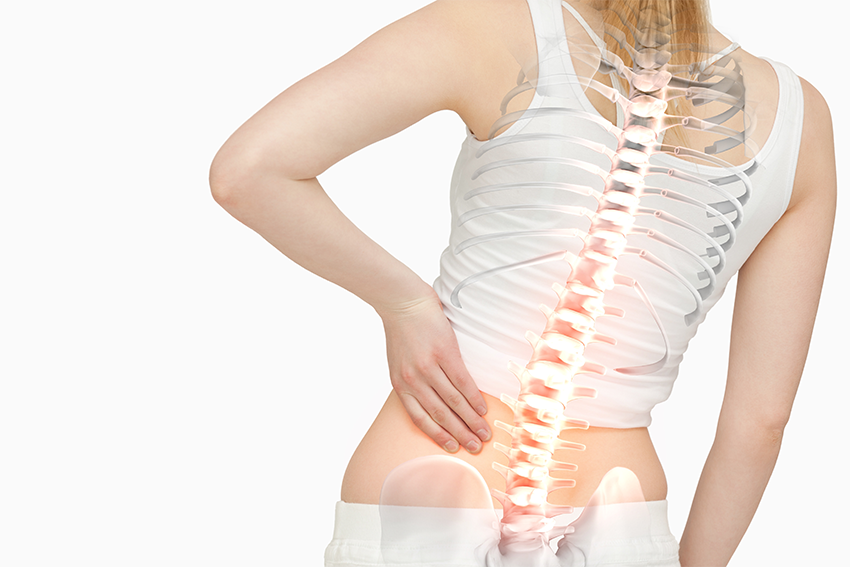Orthopedic Surgeons Suggest Increased Collaboration For Hip-Spine Pathology
“The belief that the spine moves independently of the pelvis and hip has been disproved in recent years as researchers repeatedly identified important connections between the alignment of the spinal column and the position of the pelvis. As a result, the treatment of patients with hip-spine pathology is now headed in a new direction.”
– Healio, OrthopedicsToday
Several orthopedic surgeons were interviewed for this cover story regarding the diagnosis and treatment of patients with hip and spinal issues. Their comments strengthen the discussion that both are inextricably connected and that a diagnosis for one should not be complete without examination of the other. Since the hip-spine connection is extremely complex, the diagnosis and treatment for patients with hip and spine pathology can be difficult.

Therefore, surgeons are recommending an increase in shared technology and resources in order to better educate each other on the best practices for hip-spine pathology. Increased collaboration may also help prevent the various complications that can arise with these types of patients.
“We are trying to educate surgeons on a better understanding of how involved the spine is, making sure that surgeons identify patients before they are doing a hip replacement, making sure they ask if [patients] have had a spine fusion or arthritis of their spine or spinal stenosis.”
– Geoffrey Westrich, MD
Doctors suggest that a careful review of the patient’s history as well as an in-depth evaluation of both areas can provide better insights for “distinguishing symptoms that may be more related to the spine from symptoms that are more related to the hip.” For example, Robert S. Bray Jr., MD recommends that hip surgeons “should perform a cursory spine exam of patients to check for muscle strength, muscle weakness, reflexes, neurologic parameters and mechanical movement of the spine.”
Dean K. Matsuda, MD stated that some cases of posterior pain conditions such as ischiofemoral impingement, deep gluteal syndrome and proximal hamstring tendinopathy, were attributed to issues with the spine when in fact they are hip-generated problems. He notes that a “femoral nerve stretch test may also be helpful in diagnosing radiculopathies high in the lumbar spine, which may masquerade as groin or hip pain.”
The article goes on to explain additional diagnostic tools, imaging types, modalities, the order of treatment and surgical considerations for hip and spine pathology. Read the full article here.
You may also like:
Orthopedic Surgeons Seek Opioid-Alternatives For Pain Management